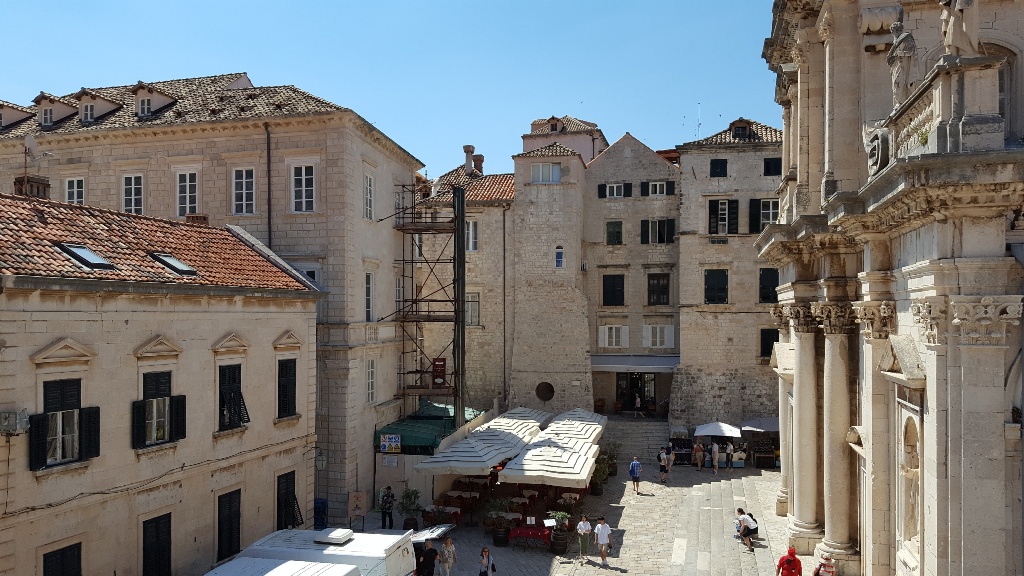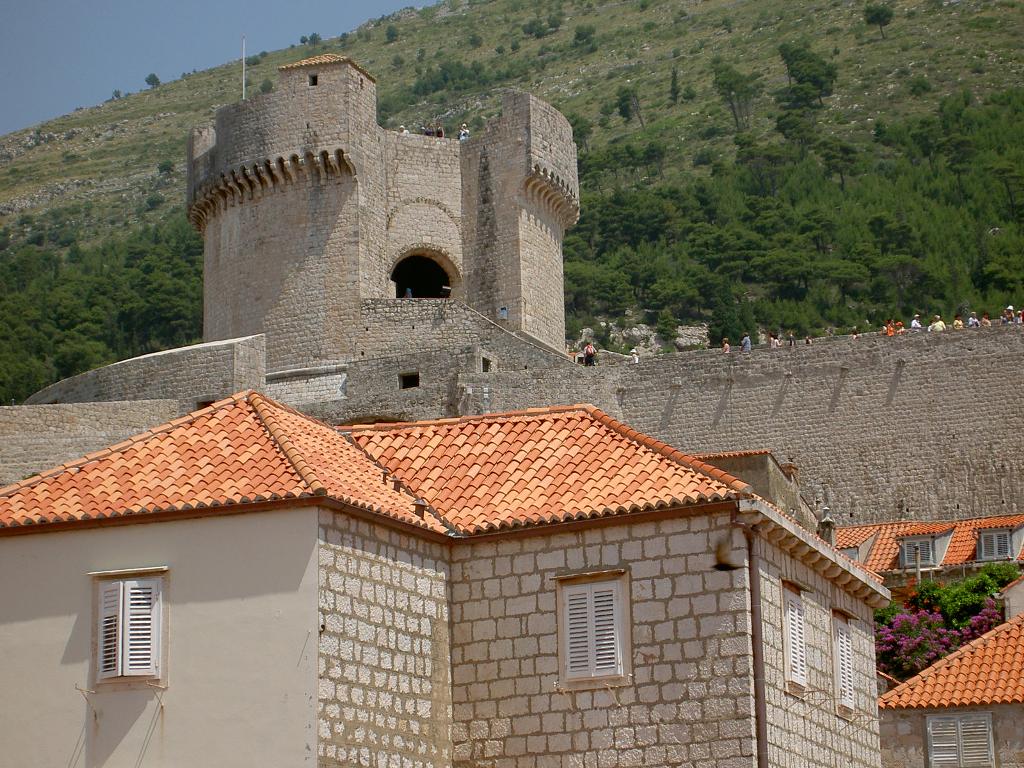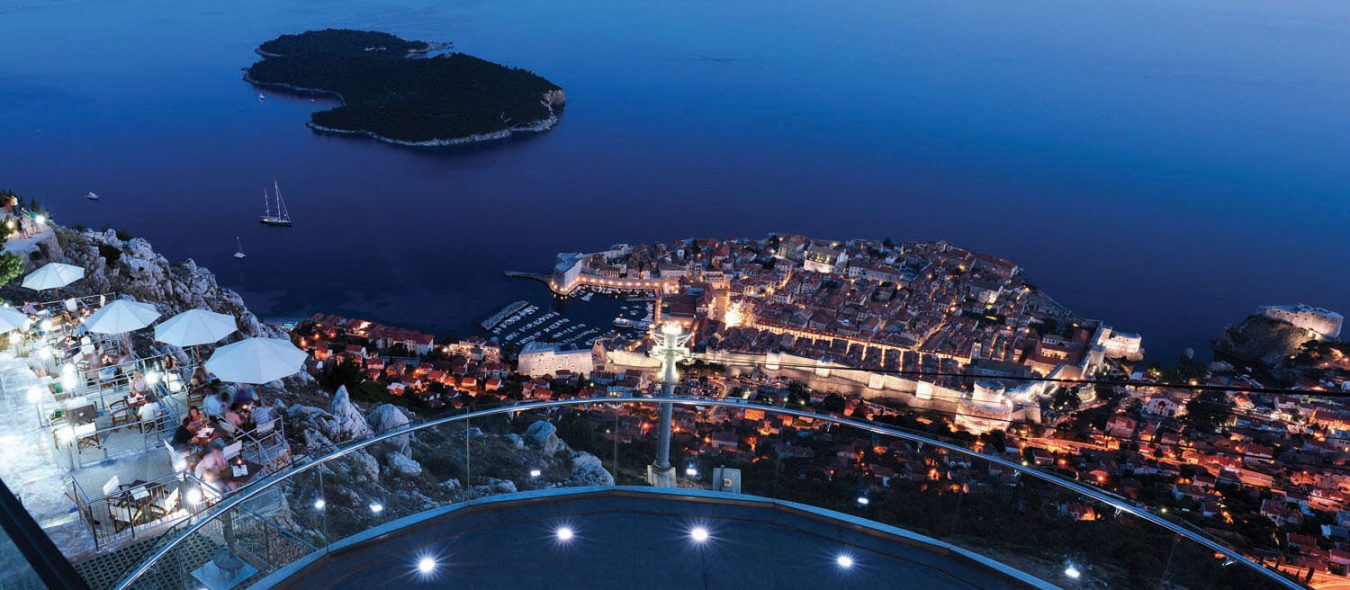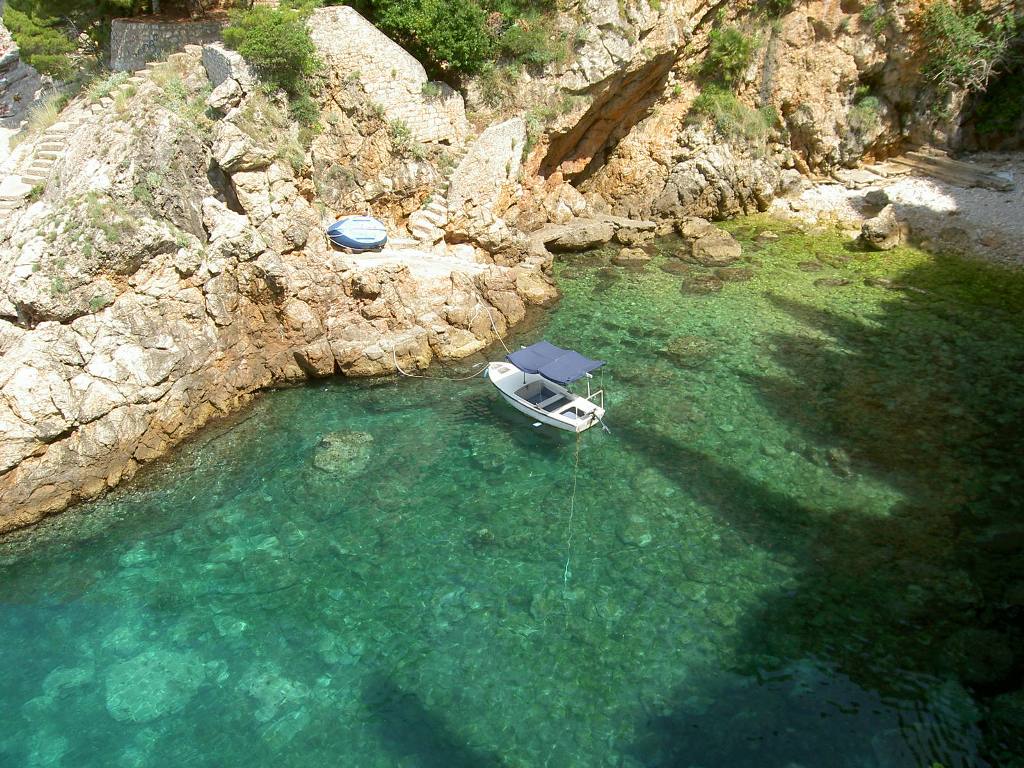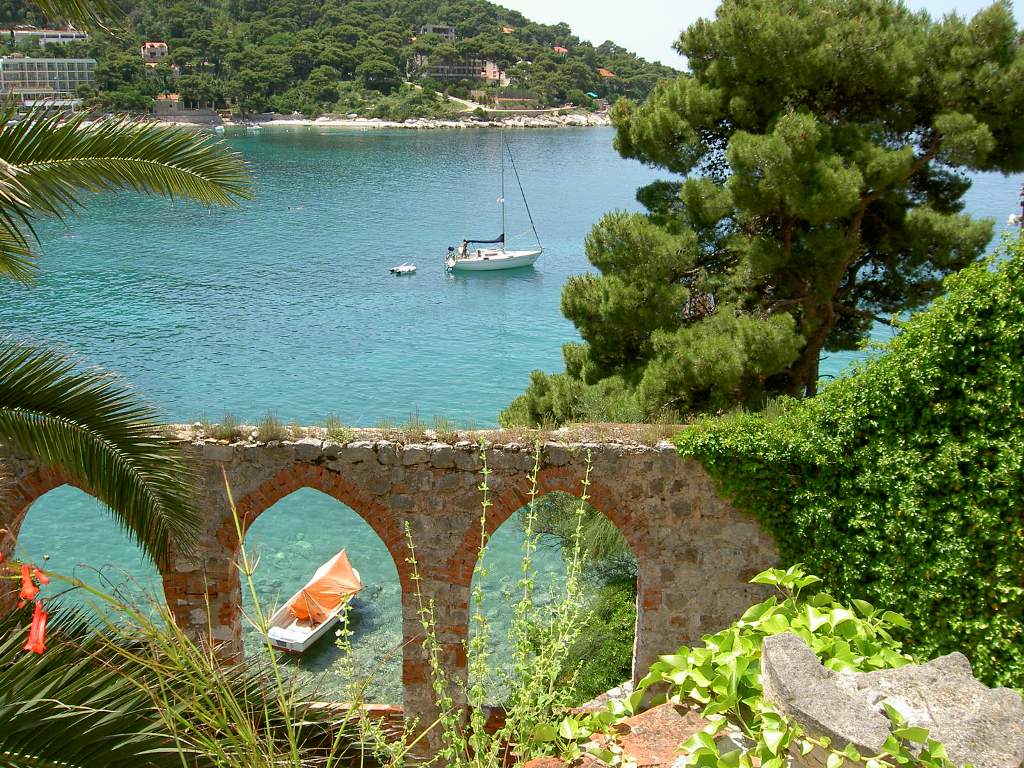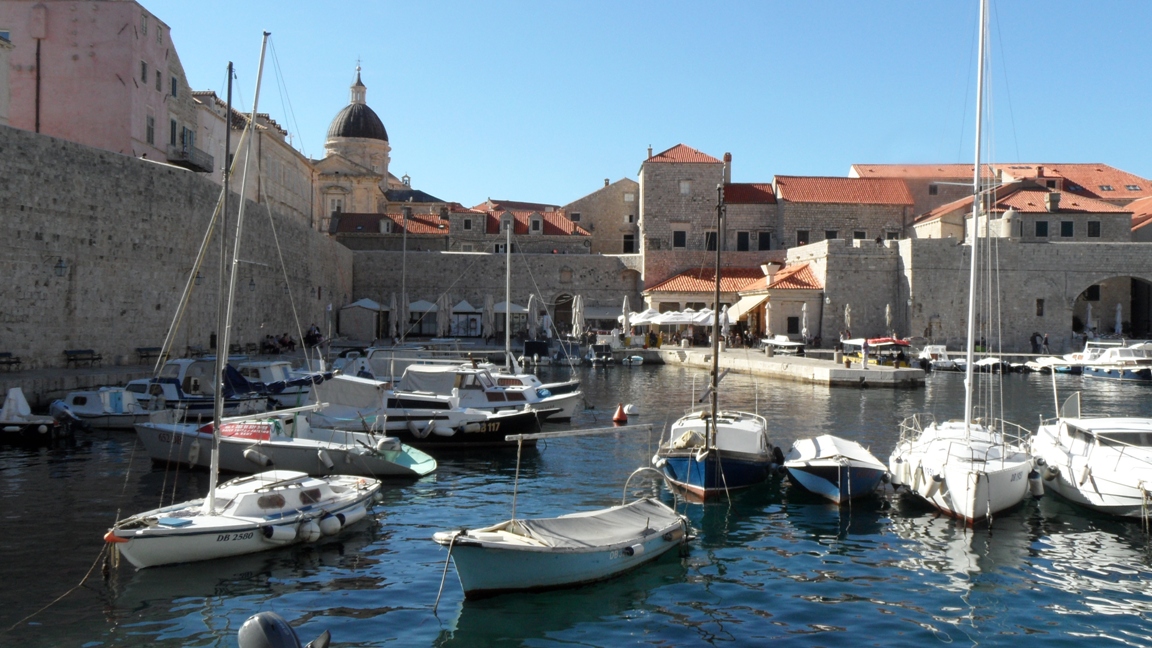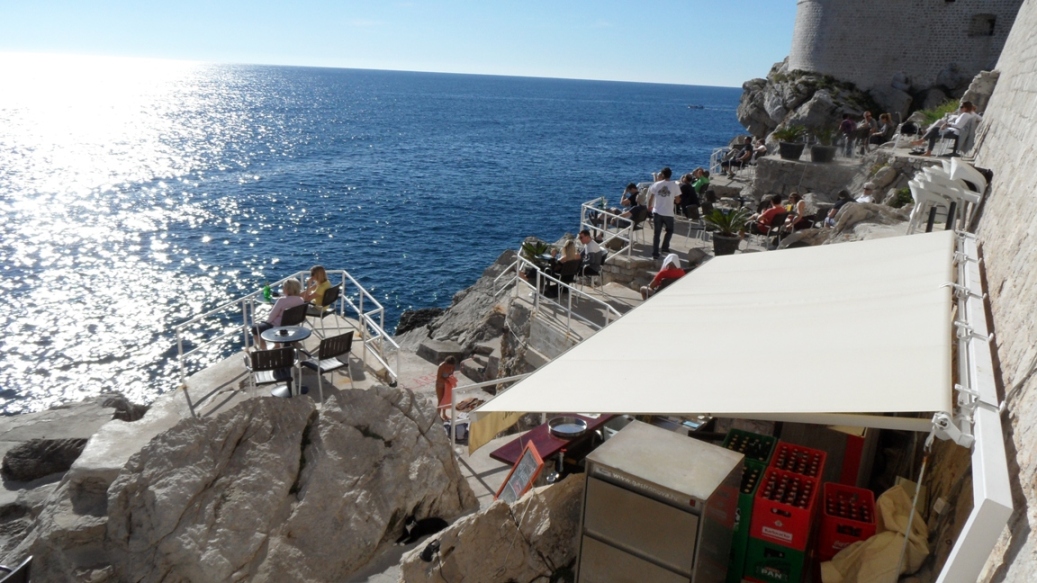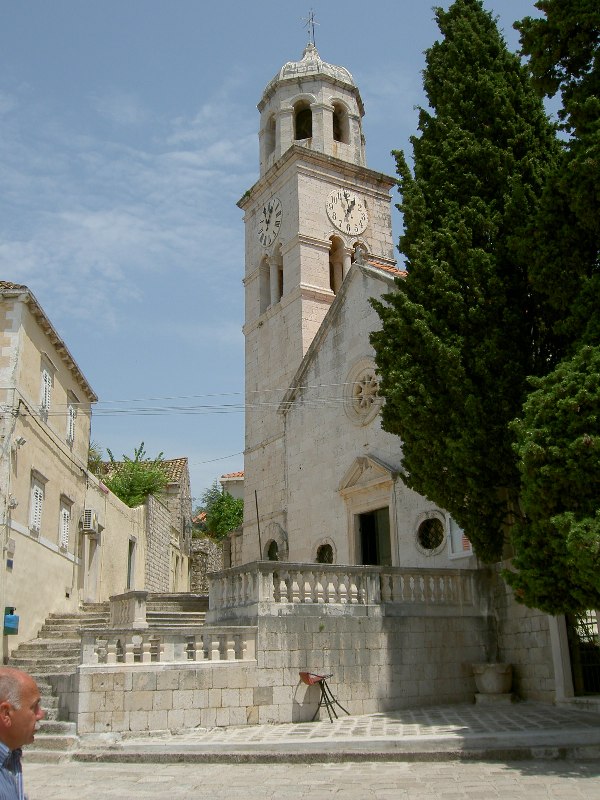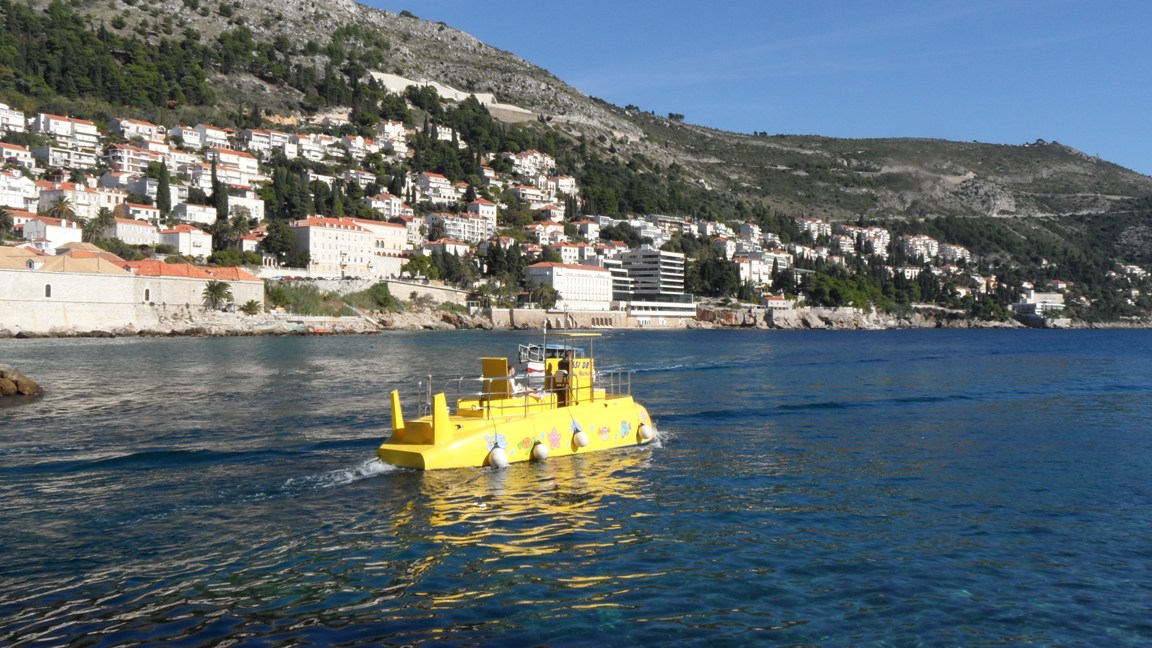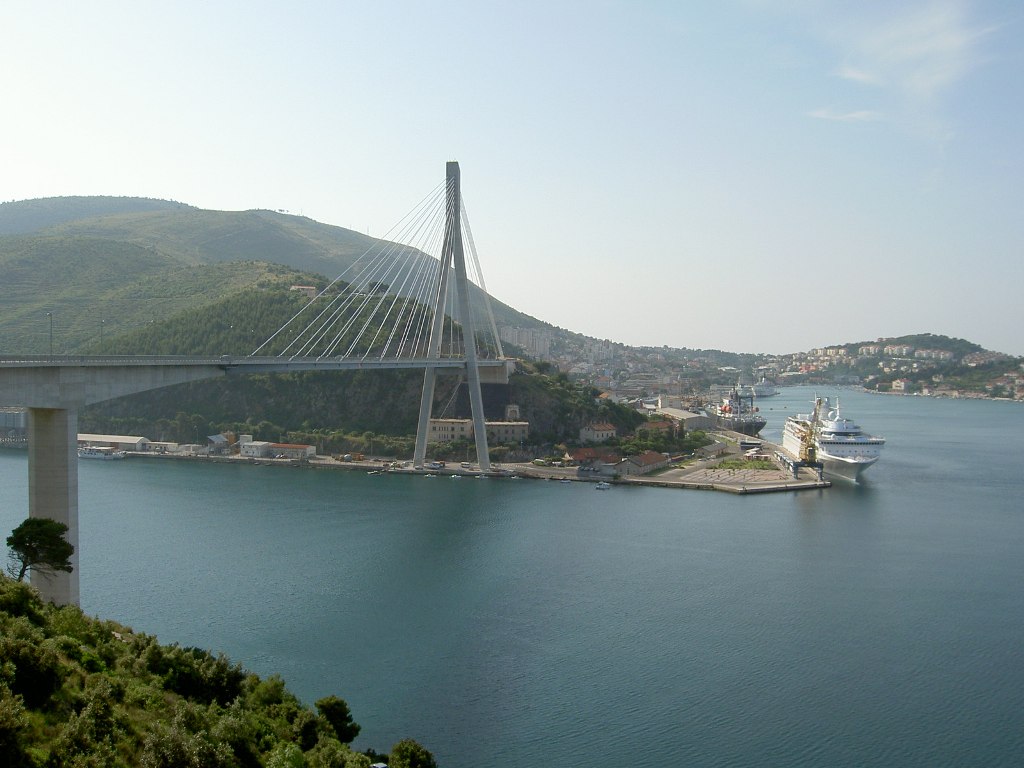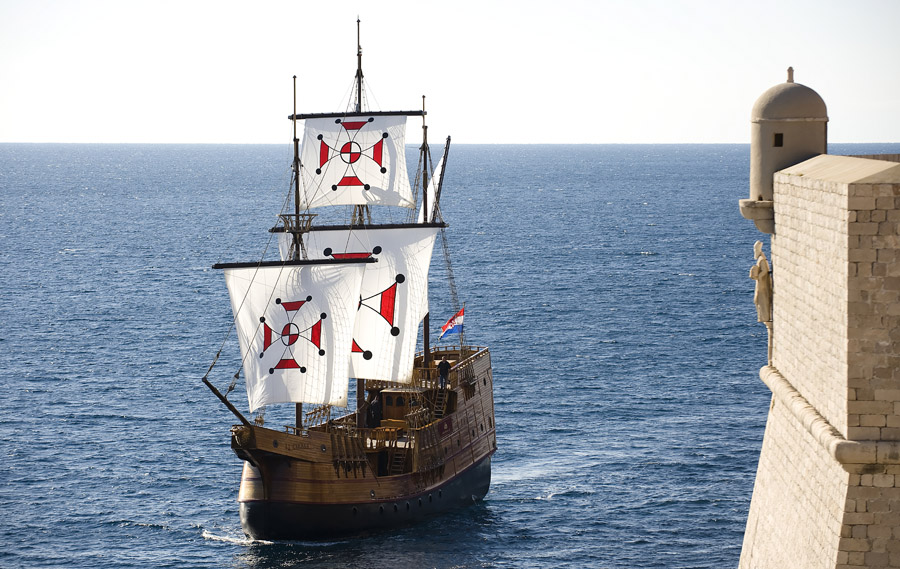Dubrovnik & Region
You are here: Home > Destinations > Croatia > Dubrovnik & Region
About Dubrovnik & Region
Dubrovnik is the brightest jewel on the southern Dalmatian coast. Despite coming under attack in the Balkan wars of the early 1990s it is as delightful as it always was; George Bernard Shaw once described it as "Heaven on Earth". One of the pleasures of a visit to Dubrovnik must surely be the walk around the city ramparts peering down at the narrow streets, churches and cafes as well as the spectacular sea views. Another wonderful vantage point is the view from the cable car and its upper station at the nearby Srd peak. The recently-restored cable car began transporting passengers back in 1969, but was completely destroyed during the Croatian War of Independence; the embarkation point for the cable car is located in Ploce just above the eastern edge of the old city.
Dubrovnik, in our opinion, provides an ideal holiday for the first-time visitor to Croatia or, indeed, for one who is returning for the first time since the last "golden age" of holidays in, as it was then, Yugoslavia. With many direct flights to Dubrovnik it is also an excellent short break destination and as the starting or finishing point on an exciting fly drive holiday. We highly recommend Dubrovnik's new boutique hotels and its newly refurbished accommodation for a visit all year round.
Cavtat
Cavtat is a pretty resort a little way south of Dubrovnik (15kms) and was the ancient Greek town of Epidaurum. In the 7th century AD its inhabitants fled the pirate and 'barbarian' invasions to found an easier location to defend - Dubrovnik. Cavtat is located on a wooded peninsula with beautiful bays either side and small beaches on which to relax with the bonus of its compact old town to explore and enjoy a drink whilst watching the world pass by.
Cavtat has a handful of high quality, boutique-style hotels with excellent facilities and is complemented by the cluster of restaurants and pavement cafes in the resort centre. It is possible to explore Cavtat on foot. This resort will suit families or couples looking for a smaller base and/or a slightly more relaxed atmosphere than Dubrovnik. There is everything here you would need for your holiday including a bank, ATMs, post office, a very good bakery, local market and a decent bus service to Dubrovnik.
Mali Ston
Mali Ston is located along the spectacularly scenic coastline north of Dubrovnik and offers a wonderful place to stay at the entrance of the Peljesac Peninsula. This is a great option for one night on any of our fly-drive routes; the Hotel Ostrea has an excellent reputation for its food and you can spend time visiting the stunning castle walls nearby. It is also possible to use a night (or two) here as a base to visit the islands of Korcula and Mljet or even inland to Mostar in Bosnia.
More about Dubrovnik
Dubrovnik in the Middle Ages was a powerful city state rivalling Venice; however, the earthquake of 1667 devastated the city and it never regained its former commercial glory. Dubrovnik passed through the hands of Napoleon and the Austrian Empire before becoming part of the Yugoslav state until this association dramatically ended in 1991 when it was shelled by Milosovic's Yugoslav National Army.
Back down in the old city, the main street (Stradun) is a wide thoroughfare paved with large smooth stones; during the day it comes alive with shoppers and people relaxing in the many street-side cafes while as the evening sets in the whole area fills with families and couples enjoying their evening Korzo (a sort of stroll where everyone dresses up a bit and then casually meet their friends along the way). The atmosphere is enhanced during the summer-long cultural festival in the old city and at other times by regular performances of street music.
The old city of Dubrovnik has remained basically unchanged since the thirteenth century. Its medieval ramparts encircle the city on which pedestrians can enter through one of two gates - either way, they cross a stone bridge under the watchful gaze of the city’s patron Saint, Blaise (or Vlaho) to find themselves joining the evening promenade which you can either join or watch, a drink in hand, from one of the various cafes and restaurants along the way. From the Stradun, side streets scamper up the hill toward the ramparts or wind south toward the port. In either direction, the city is alive with open air markets, artisans’ shops and studios, Baroque churches and Gothic-Renaisssance palaces, unexpected courtyards with fluted columns and splashing fountains, and covered loggias in which to sit and watch the world saunter by. In the summer, music fills the air as the internationally renowned Summer Festival reveals the magic of theatre, music and dance. In the fall and spring, the squeals of schoolchildren travel up and down the stone alleys as the younger generation discovers the unparalleled freedom of a city where no cars are allowed and the stone-faced houses and orange-tiled roofs have remained unchanged for centuries.
Activities available include cycling, paddle boarding, sea kayaking, snorkelling, horse riding, climbing, wine tasting and guided hikes.
We look forward to being of service.
Hotels to visit
Where to stay
Flexible Tailor-Made Holidays
- We believe passionately that no two holidays should be the same.
- With our flexible tailor-made holiday options you can travel at your own pace.
- Rediscover a city, a resort or an island in a weekend or longer.
- Take a small group tour or embark upon a more adventurous trip.
Trusted Service
- ATOL cover for flight inclusive holidays.
- One of us at Rediscover the World is very likely to have visited the hotels and travelled along the routes on your itinerary.
- Dynamic, comprehensive travel app with all your documents, maps and much more.
- Full financial protection for your holiday (TTA).
Why book Croatia with us ?
- More than 30 years experience of the region
- Unrivalled expertise of local partner
- Fly-drive holidays in Croatia & neighbours
- Island Hopping / Activity holidays
- Food-themed breaks & Christmas Markets
- Honeymoons
- 24hr assistance in Croatia
Reviews



